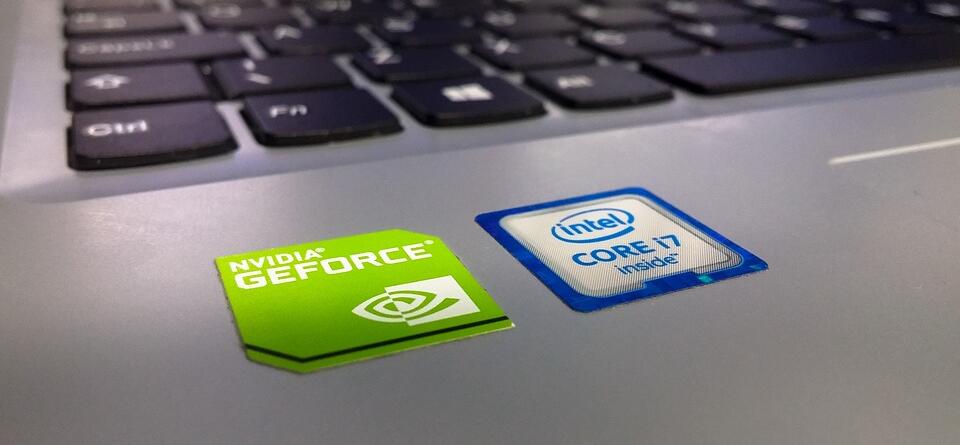The Evolution of NVIDIA: From GPUs to AI Titans
In the technological arena, few stories are as compelling as the metamorphosis of NVIDIA, a company that journeyed from pioneering Graphics Processing Units (GPUs) to becoming an indomitable force in the artificial intelligence (AI) sector. This tale is not just about chips and silicon; it’s about vision, adaptability, and foresight in an ever-evolving industry.
A Humble Beginning: The Birth of the GPU
The story of NVIDIA is a testament to innovation and strategic foresight. Founded in 1993, NVIDIA started as a small outfit with a big dream: to transform the graphics landscape. Their ambition bore fruit in 1999 with the creation of the GeForce 256, the world’s first GPU. This wasn’t just a graphics card; it was a revolution. The GeForce 256 offloaded processing tasks that would typically burden the CPU, an innovation that catapulted video game graphics into realms previously unimagined.
Gaming was never the same again. NVIDIA continued to push the boundaries of what was possible, with each generation of GPUs offering dramatic improvements in performance and efficiency. This relentless pursuit of excellence not only established NVIDIA as the leader in the gaming market but also set the stage for its next great venture.
Bridging Realities: From Gaming to Simulation
NVIDIA’s journey from gaming graphics to simulation is a pivot that showcases the company’s agility and vision. Recognizing that the parallel processing capabilities of GPUs could be harnessed beyond video games, NVIDIA ventured into simulation and rendering technologies. Products like the NVIDIA Quadro series became the standard for professionals in animation, engineering, and scientific research, offering unmatched performance in complex computational tasks.
This strategic shift illustrated NVIDIA’s ability to foresee and adapt to the evolving demands of computational work, leveraging its gaming technology to solve broader scientific and professional challenges. The seamless transition from gaming to simulation exemplified NVIDIA’s commitment to innovation, marking a new chapter in its expanding narrative.
The Dawn of AI and Deep Learning
NVIDIA’s foray into artificial intelligence (AI) and deep learning marked perhaps the most transformative phase in its evolution. Realizing early that the parallel processing power of GPUs could dramatically accelerate AI computations, NVIDIA shifted focus, betting big on a burgeoning field. This pivot wasn’t just timely; it was visionary.
The introduction of CUDA (Compute Unified Device Architecture) in 2006 was a game-changer, providing programmers with the tools to harness the power of NVIDIA’s GPUs for general computing tasks. This innovation opened the floodgates for research and development in AI, with NVIDIA’s GPUs becoming the de facto standard for training deep learning models.
Today, NVIDIA’s technology underpins the most advanced AI applications, from autonomous vehicles to natural language processing, reflecting the company’s pivotal role in ushering in the age of artificial intelligence. NVIDIA’s AI platforms like Jetson for robotics and the DGX systems for data centers illustrate the company’s diverse approach to powering AI across different sectors.
NVIDIA’s Acquisition Strategy: Fostering Innovation
NVIDIA’s evolution has been partly fueled by strategic acquisitions that have bolstered its market position and technological capabilities. The acquisitions of Mellanox and ARM (pending regulatory approval) are noteworthy, significantly expanding NVIDIA’s reach in data center and mobile computing, respectively. These acquisitions are not mere expansions but integral parts of NVIDIA’s strategy to build a computing platform that spans from the edge to the cloud.
Each acquisition has been a step towards realizing a broader vision of accelerated computing and AI, highlighting NVIDIA’s commitment to not just participating in the tech industry’s next wave but actively shaping its direction. NVIDIA’s acquisition strategy demonstrates how technologically focused companies can drive innovation not only internally but also through strategic integration of complementary companies and technologies.
Looking Ahead: NVIDIA and the Future of AI
As we stand on the cusp of a new era in technology, NVIDIA’s role in shaping the future cannot be overstated. The company’s dedication to innovation, evidenced by its robust R&D efforts and strategic acquisitions, positions it at the heart of the AI revolution. NVIDIA’s initiatives in AI research, ethical AI, and partnership with industries and academia promise to propel us into a future where AI-enhanced solutions are ubiquitous.
The symbiotic relationship between NVIDIA’s hardware and AI software development continues to push the boundaries of what’s possible, driving advancements in machine learning, autonomous vehicles, robotics, and more. With AI becoming central to solving some of the world’s most challenging problems, NVIDIA’s journey from a GPU pioneer to an AI titan is not just a success story but a roadmap for how technology can evolve to meet the needs of humanity.
Conclusion: A Legacy of Innovation
NVIDIA’s transformation is a narrative of foresight, adaptability, and relentless innovation. From revolutionizing gaming with the GPU to pioneering the use of AI, NVIDIA has consistently stayed ahead of the curve, navigating the shifting landscapes of technology with grace and vision. As we look towards the future, one thing is clear: NVIDIA’s journey is far from over. The company’s commitment to pushing the frontiers of what’s possible suggests that the next chapters in NVIDIA’s story will be as compelling and transformative as its beginnings.
In the world of technology, NVIDIA’s evolution stands as a beacon, reminding us that the path to the future is paved with innovation, vision, and an unwavering commitment to excellence.
Explore NVIDIA’s current GPUs and AI technologies
Note: The information provided is accurate up to the publication date and is subject to change as NVIDIA continues to innovate and adapt to new market needs.
Discover more from Akiatech Solutions Blog
Subscribe to get the latest posts sent to your email.









